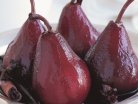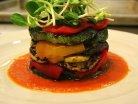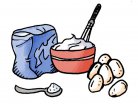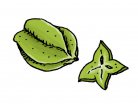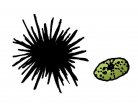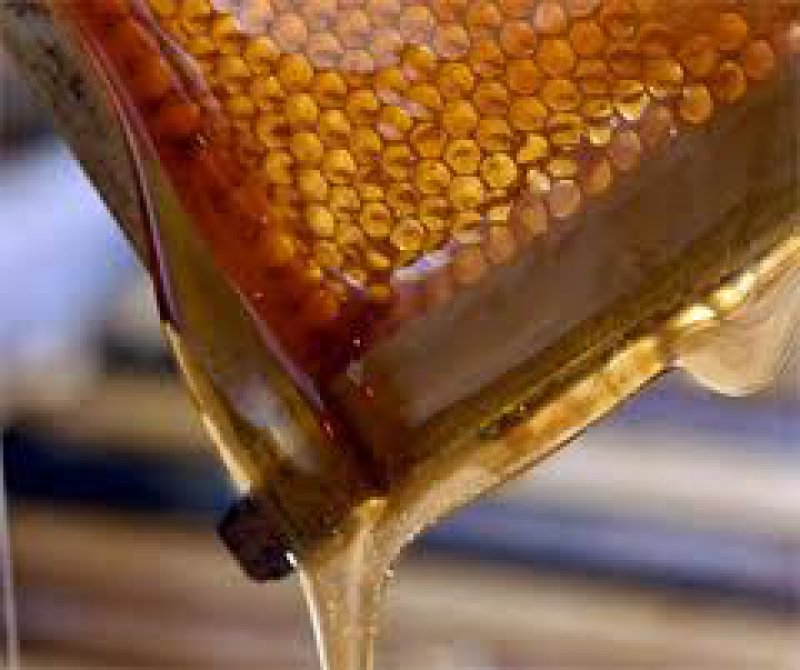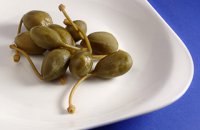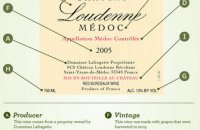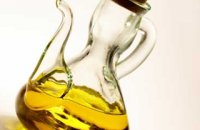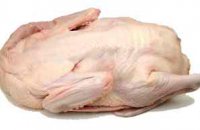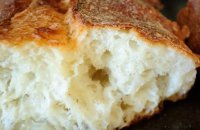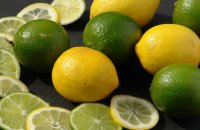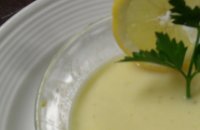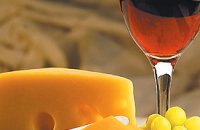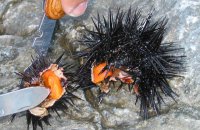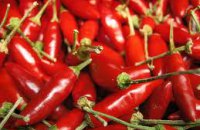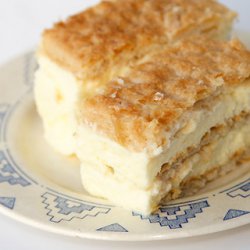How bees make honey:
The primary content of honey is nectar, a substance from which flower honey is produced. Nectar is the plant’s best juice, which ends up in its flowers. The bees that collect it add their saliva to the nectar and transport it to their hive. There, it is distributed among the worker bees. It passes several times from one bee to the next, with saliva being added each time, until it is deposited in cells and converted into sugars. The bees chew the liquid repeatedly, as their wings ventilate it over a period of many days, causing its water content to evaporate and increasing its sugar density to 80%. Next, the bees cover the condensed honey with a wax cover, called a scale.
Honey that is made from flowers is considered to be the highest quality honey. They are low in acids, and therefore easily absorbed by the body and enriched with pollen from the bees that suck the nectar. This honey can be found in different varieties such as: thyme (internationally recognized as the best honey variety), sagebrush, sage, etc.
Honeydew:
This substances comes mainly from insects that feed on the bark or leaves of trees. It is of lower nutritional value than honey, with the exception of pine vanilla (which has therapeutic properties for intestinal and stomach ailments). The bee collects the honeydew in ready form, either directly off an insect’s body (as the insect feeds on tree bark and secretes honeydew), or directly from the tree’s surface. The major honeydew varieties are those of fir, pine, and cotton.
Contents of honey:
- Hydrocarbons
- Organic acids (18 in number)
- Proteins and amino acids
- Trace elements (potassium, chloride, calcium, magnesium, iron, etc.
- Enzymes
- Regenerative elements, i.e., protein complexes that form the basis of life
- Vitamins (B1, B5, C, D, E, pantothenol, folic acid, etc.)
- Natural aromatic substances, etc.
Therapeutic value of honey:
Honey is invigorating. It speeds up the heart, while reducing stomach ulcer problems. It offers relief from insomnia, constipation, neck pains, and generally contributes to the body’s proper functioning. Consumption of honey helps in more rapid recuperation from anemia due to its iron content. It is also a major aid in the rapid metabolism of alcohol, helping one to get out of an inebriated condition faster. Honey has antiseptic properties, blocking the development of bacteria and other pathogens. It is useful for healing and cleansing, as well as for sterilizing wounds and burns. When processed and administered intravenously it combats jaundice, rashes, and regulates the heartbeat.
Nutritional value of honey:
The hydrocarbons in honey are complex and will be immediately absorbed. Because of this, honey is a fast source of energy for the body. It has inorganic elements - known as trace elements - which play a significant role in metabolism and nutrition. They are components of the skeleton and cells; they participate in various enzyme systems and regulate acidity in the stomach. Honey is not fattening. To the contrary, it helps a person to lose weight because it has a high glycocemic index and, on the way to the stomach, it initiates a process called thermogenesis, which helps dissolve fat.
How royal jelly is produced:
Nurse bees (the young bees up to 40 days old that nurse the hive’s larvae) eat honey and pollen and secrete royal jelly from glands in their pharynx. It is a substance that cannot be chemically manufactured as, for one reason, pollen contains natural radiation from the sun. Amazingly, he bee knows exactly which pollen to select and at what amount.
Where royal jelly is used:
The hive stores royal jelly in the honeycombs where the queen bee is born. The queen’s egg is literally covered in jelly while that of a normal bee simply rests on a minute amount of the precious liquid for a few days. The queen bee matures for up to four years before giving birth to four to five thousand eggs each day during spring and summer. In contrast, the average bee has a life span of 40 days.
Contents of royal jelly:
- all basic amino acids
- all basic vitamins (B, C, D, E) in high concentrations
- enzymes
- regenerating elements (they regenerate cells)
-
metallic trace elements (high concentration of magnesium, iron, zinc, etc.)
and many other unknown elements, which can't be found anywhere else in nature
Nutritional value of royal jelly:
Royal jelly is the perfect nutrition supplement for humans. It may be consumed by people of all ages without any cause for concern. Examples of its positive nutritional effect include:
- weight regulation
- improved digestion
- counteracting depression
- stimulating hormonal functions, enhancing sexual functioning
- improved skin and tissues
































